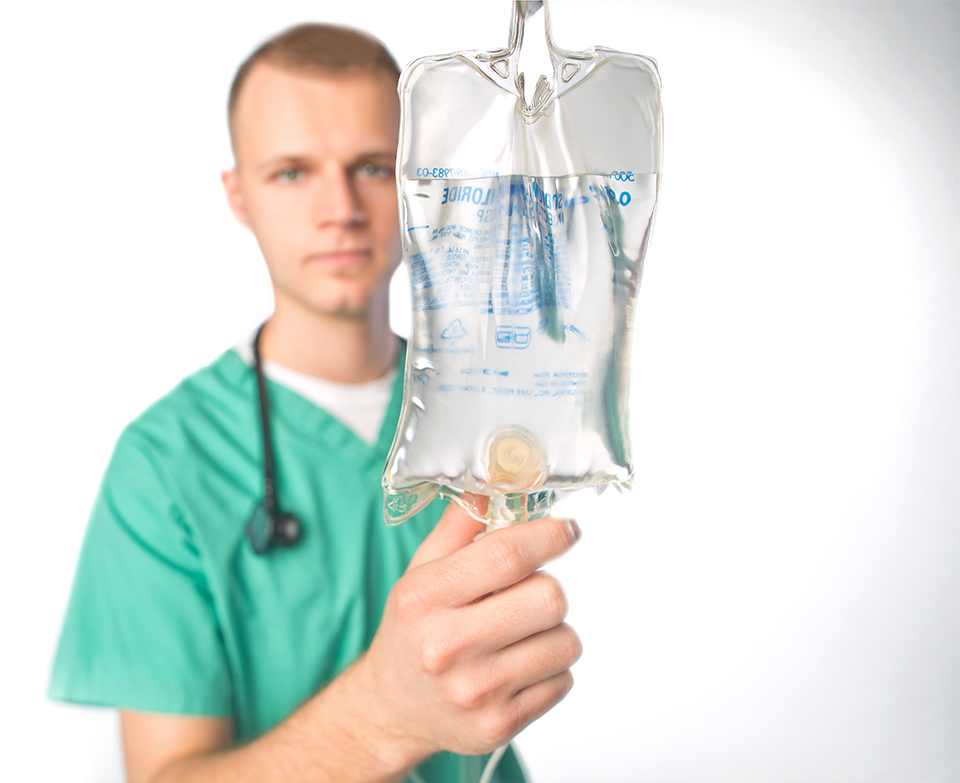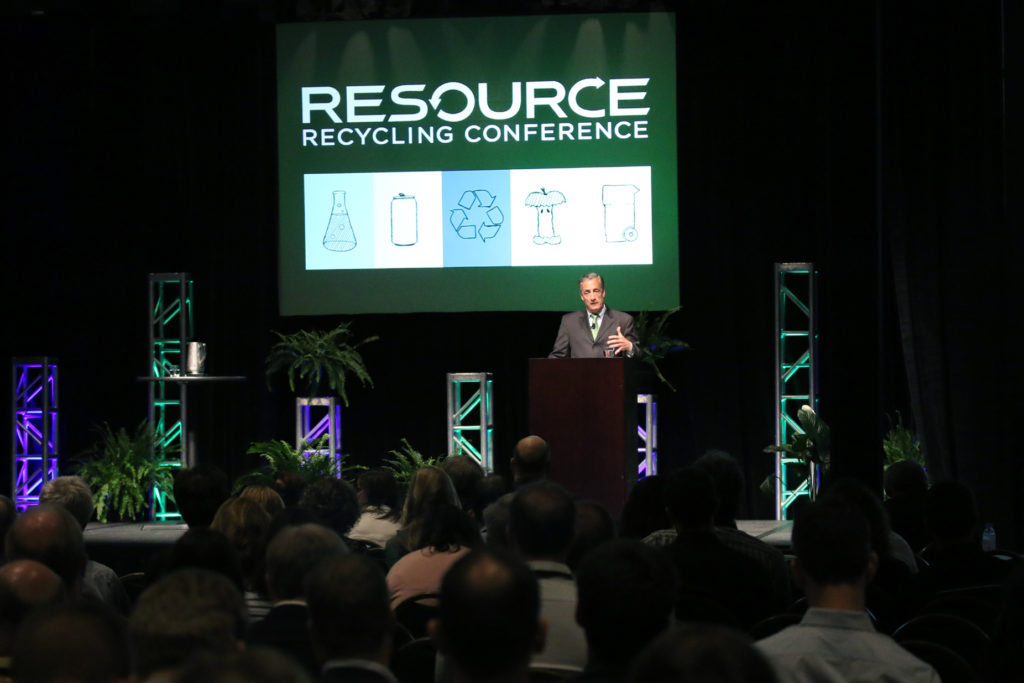Eastman 168 SG non-phthalate plasticizer is the first plasticizer to be listed in CleanGredients that meets the criteria of the EPA Safer Choice program. Eastman 168 SG represents a new category of products in CleanGredients not specific to cleaning applications, broadening the reach of the Safer Choice program into new industries and applications.
What is Eastman 168 SG, and how does it fit into Eastman’s sustainable product portfolio?
Plasticizers are often used to make plastics more pliable, particularly polyvinyl chloride (PVC or vinyl). Eastman 168 SG is a non-phthalate plasticizer, and is the main alternative to phthalates in applications from flooring and wallcoverings to toys to medical devices and many other applications that require flexible vinyl. Eastman 168 SG can also be used in some waterborne adhesives and in some rubber formulations. Eastman 168 SG has several US FDA and European food-contact clearances in adhesive and plastics applications.
Eastman 168 SG comes with the security of supply required by manufacturers of flexible vinyl products facing demanding quality assurance protocols and compliance requirements such as toys, medical devices, and food-contact articles. Eastman Chemical is the only domestic manufacturer of this vital molecule, with two facilities supplying the US and global markets. With Eastman 168 SG, manufacturers have a proven and cost effective non-phthalate alternative to make PVC flexible. Eastman 168 SG maintains high purity standards, a clean toxicological profile, and excellent physical properties such as migration resistance, color consistency, thermal stability, RF and solvent welding, and printability.
Eastman Chemical has dedicated decades of research and development seeking sustainable solutions for the market. In addition to the success story of Eastman 168 SG, Eastman also has its Omnia solvent product listed in CleanGredients for use in cleaning solutions. Eastman Omnia™ high-performance solvent has an excellent safety profile that enables formulators and end users to comply with increasingly stringent regulatory standards and market demands for exceptional performance. This solvent is readily biodegradable and non-flammable, helping ensure the safety of people and the environment.
Why is Eastman 168 SG listed in CleanGredients when it isn’t used in cleaning products with the EPA Safer Choice label?
CleanGredients is a resource not only for formulators of products carrying the Safer Choice label, but for anyone looking to source materials with greener chemistries. Companies like Eastman want to proactively screen their products against the Safer Choice criteria to verify they are safe, and are looking for a way to communicate this information to their customers who want to purchase greener products. To meet this need, we are expanding CleanGredients to include ingredients that meet the EPA Safer Choice Master Criteria but are not necessarily used to formulate Safer Choice-labeled products. You can identify this type of listing in CleanGredients based on the term “Third Party Reviewed” in the “Safer Choice Status” field.
It can be challenging to find plasticizers with both the performance you need and the toxicological characteristics you and your customers are looking for. Eastman 168 SG fills that niche, making it a great addition to the CleanGredients database. Like all of the ingredients listed in CleanGredients, it has been reviewed by a third party profiler and meets the EPA Safer Choice Master Criteria, so you can trust that it is safer for human health and the environment.
What are the toxicological characteristics of Eastman 168 SG?
Eastman 168 SG is a well-characterized non-ortho phthalate plasticizer that passes the Safer Choice Master Criteria after a thorough assessment by a Safer Choice-authorized Third Party Profiler. Some assessors may choose to conservatively designate Eastman 168 SG as having a low-to-moderate hazard for reproductive toxicity; disagreement among toxicologists in interpretation of experimental findings is not unusual. Eastman 168 SG passes all other Safer Choice human health, ecological and fate endpoints. CleanGredients and Eastman support transparent disclosure of assessment outcomes to support safer chemistry decisions.
How can I learn more?
You can subscribe to CleanGredients to have access to data on Eastman 168 SG and other products meeting the EPA Safer Choice criteria.





 use of edible, water-soluble film as it already aligns with their touchstone concept of convenience. Likewise, makers of other food products like meal replacement shakes or protein powders that could benefit from pre-measured portions may foreshadow other early adopters of edible packaging like MonoSol’s film.
use of edible, water-soluble film as it already aligns with their touchstone concept of convenience. Likewise, makers of other food products like meal replacement shakes or protein powders that could benefit from pre-measured portions may foreshadow other early adopters of edible packaging like MonoSol’s film. 



